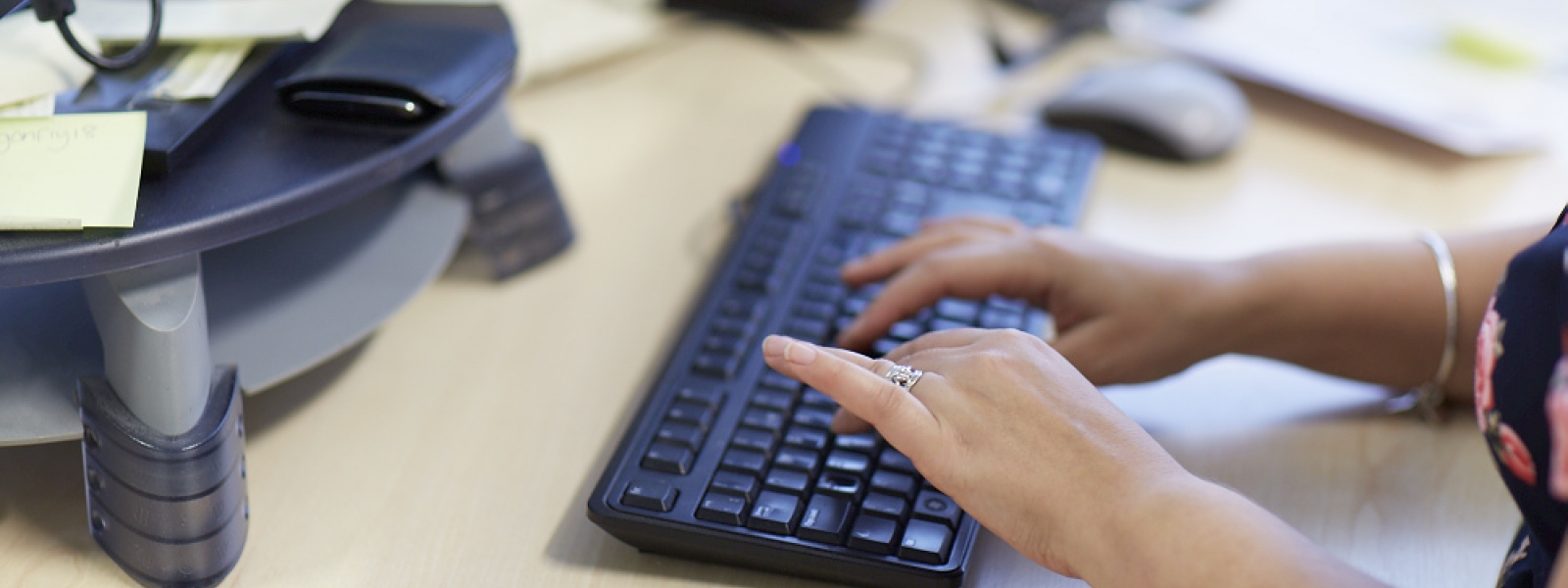Sep
12
2013
Email: the curse of the twenty first century?
While email is a vital communication tool in the modern office it can, like all tools, be misused and become a nuisance. If you receive 30 emails an hour, you are likely to spend 50% of your time reading and responding to them. Is this really the best use of your time?
Why were you copied in to that email? Was it because you really needed to know the information contained in it? Or was it to cover a colleague’s back or because, some time way back in the email string, you were copied in by someone else?
Here are some ideas for handling email more effectively
Use your system properly
- Use the ‘rules’ tool to send emails direct to folders or to send copies to folders so that you can delete the original without filing it
- Consider setting up a rule which diverts all emails to a special folder where your name is in the cc box rather than the To box
- Use the Spam button ruthlessly for sales emails
- Drag emails to Tasks or Calendar or both when appropriate
- File your emails sensibly – by people, or by topic or by date
Switch off your email alert
Dealing with each email as it comes into your inbox is not an effective use of your time. If someone needs you to respond immediately, they will phone or come and speak to you personally. Look at your emails at intervals during the day and deal with each one in your inbox then, using the 6 D’s to help you – Decide, Dump, Delegate (forward), Defer (save in a folder) and Diarise (drag to Tasks or Calendar) or Deal (reply or forward). Only look at your emails as frequently as you need to in order to follow this rule.
Have a sensible office email protocol
It needs to discourage the copying of emails for the sake of it. Yes, you’re going out for a sandwich but do the Finance Team really care?
Consider talking to people as an alternative
If you and a colleague are engaged in an email dialogue, it might be better to meet and talk the issue over. This will take less time and, as you will both be focused on that issue at the time, you will give it more effective attention than you would if you attempt to think about it briefly in the middle of your other tasks.
If you would like some tips to help you navigate Outlook and use more of its functionality take a look at our Outlook guide. This is written for Outlook 2010. You can do all these things in earlier versions of Outlook but the buttons may be in different places!


